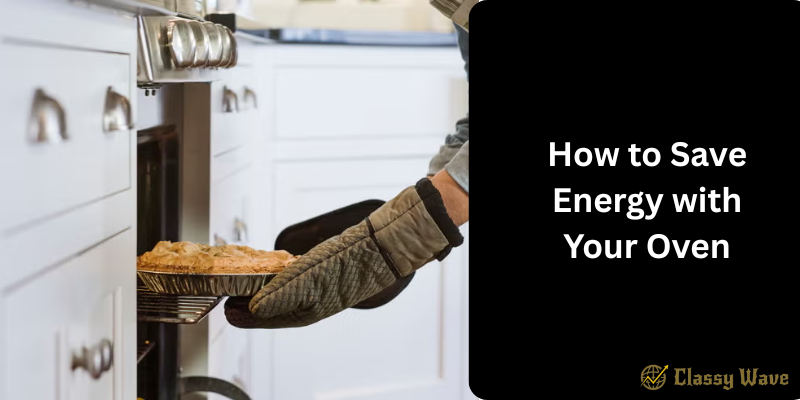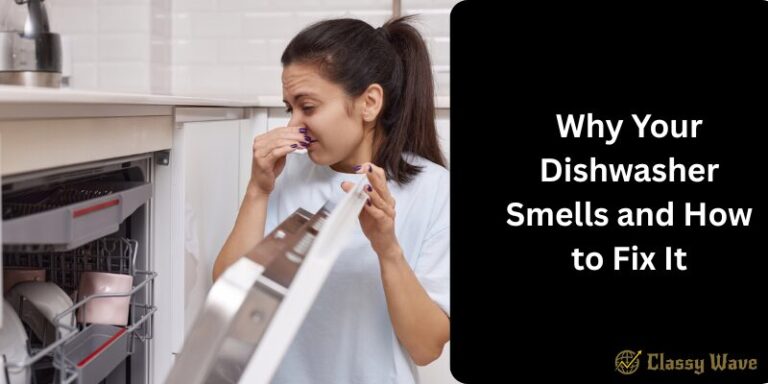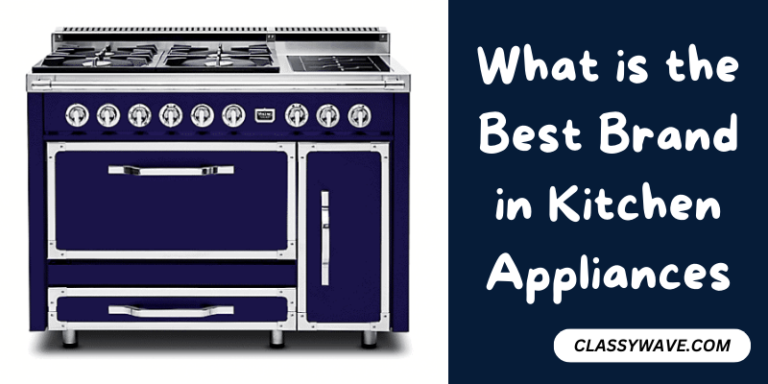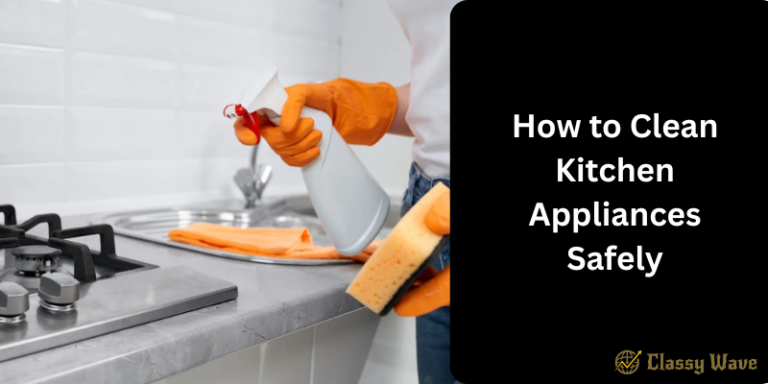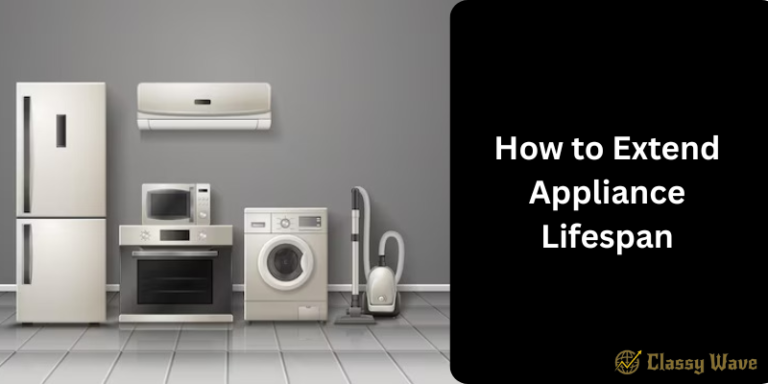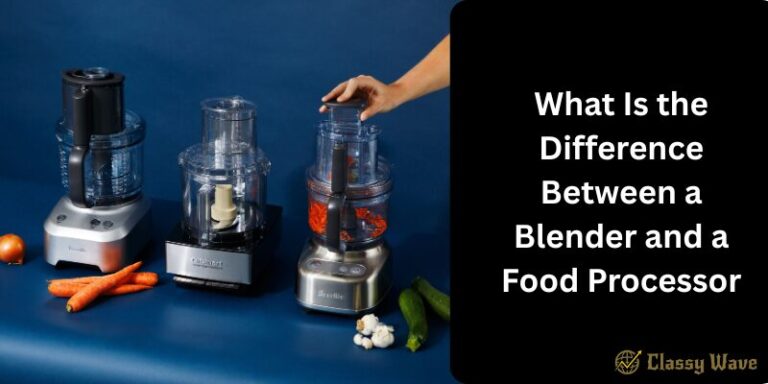How to Save Energy with Your Oven | Classy Wave
Your oven is one of the most useful appliances in your kitchen—but it can also be one of the biggest energy consumers if used inefficiently. Learning how to save energy with your oven not only reduces your electricity bill but also helps protect the environment. Whether you love baking, roasting, or heating up leftovers, a few smart habits can make a big difference.
1. Use the Right Size Oven for the Job
If you’re just reheating small portions, consider using a toaster oven or microwave instead of a large conventional oven. Smaller ovens heat up faster and use significantly less energy, making them ideal for quick meals or snacks.
2. Preheat Only When Necessary
Preheating is often overrated. Many dishes—like casseroles, roasted vegetables, or slow-cooked meats—don’t require a preheated oven. Only preheat when baking pastries or recipes that depend on exact temperatures. This small adjustment can cut down your energy usage substantially.
3. Avoid Opening the Oven Door Frequently
Every time you open the oven door, the internal temperature drops by about 25–30 degrees Fahrenheit, forcing the oven to use more power to heat back up. Use the oven light and window to check on your food instead. Patience pays off—your energy bill will thank you!
4. Cook Multiple Dishes at Once
Maximize your oven’s efficiency by cooking several dishes simultaneously. For example, you can roast vegetables on one rack while baking chicken on another. This way, you get more out of the same amount of energy.
5. Use Residual Heat Wisely
Once you’re done cooking, turn off the oven a few minutes before the dish is fully cooked. The remaining heat inside will continue to cook your food perfectly without using additional energy. You can also leave the oven door slightly open after cooking to let the warm air heat your kitchen during colder months.
6. Keep Your Oven Clean
A clean oven heats up more efficiently because there’s no grease or burnt residue blocking the heat. Regularly wipe down the interior and racks to ensure proper air circulation and faster cooking.
7. Use the Right Cookware
Cookware material and color affect cooking efficiency. Dark, glass, or ceramic dishes absorb heat better and cook food faster than shiny metal pans. Always use cookware that fits the oven size to avoid wasted energy.
8. Choose Convection Mode (If Available)
If your oven has a convection setting, use it! Convection ovens circulate hot air evenly, reducing cooking time and temperature by up to 25%. That means faster meals and lower energy consumption.
9. Batch Cook Your Meals
Plan your meals ahead of time and batch cook. Prepare multiple meals in one session so you only use the oven once instead of heating it up repeatedly throughout the week. Store the cooked meals in your fridge or freezer for easy reheating later.
10. Check the Oven Seal
A worn-out or loose oven door seal can let heat escape, causing your oven to work harder and waste more electricity. Inspect the gasket regularly and replace it if it feels brittle or cracked.
11. Use Aluminum Foil and Oven-Safe Lids
Covering your dishes with foil or oven-safe lids helps trap heat and moisture, allowing food to cook faster. It also prevents energy loss, meaning your oven doesn’t have to stay on as long.
12. Match Temperature and Time
Avoid cooking at unnecessarily high temperatures. Increasing the heat doesn’t always cook food faster; it can actually waste energy and dry out your food. Follow recipes closely, and if needed, adjust by a few minutes rather than cranking up the temperature.
13. Keep the Oven Door Closed After Cooking
After turning off the oven, leave the door closed for a while to retain heat inside. This residual warmth can be used to dry herbs, warm up plates, or lightly toast bread—all without using extra electricity.
14. Schedule Oven Use During Off-Peak Hours
If your utility company offers lower electricity rates during off-peak hours, schedule your baking or roasting during those times. It won’t reduce your total energy usage, but it will lower your bill.
15. Upgrade to an Energy-Efficient Oven
If your oven is more than 10 years old, it may be time for an upgrade. Modern energy-efficient models are designed to use less electricity, maintain consistent temperatures, and cook food faster. Look for models with the ENERGY STAR label for maximum savings.
Conclusion
Saving energy with your oven doesn’t require complicated steps—just smart usage and consistency. By avoiding unnecessary preheating, cooking multiple dishes together, and making use of residual heat, you can reduce your energy bills while being eco-friendly. Every small change counts when it comes to sustainability and savings.

